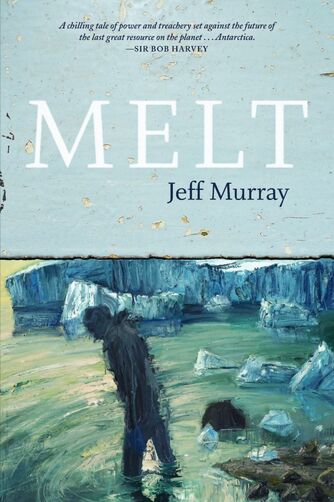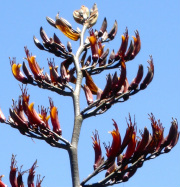
by Amy Harrop & Ross Kinnaird
An engrossing title, that’s for sure, but what a draw card!
A story about a hedgehog in a little boy’s pants is certain to rock the socks off many other little boys.
It’s certainly a novel plot, and a catchy title for this picture book.
The focus is initially on the hedgehog dilemma; but where did it come from? There’s no way the boy can sit on a sofa or a chair, no way, it would appear, to dislodge this animal. The boy tries to dance it out, to shake it out and even to tempt it out with some yummy food dangling from a stick, but no... The hedgehog seems quite content to stay put where it is warm and comfortable.
However, the boy works through the problem, solving the unwelcome guest in his pants problem and the story ends with a win/win kindness.
It’s a lovely fun book.
Right from the first line, the key words are in bold type. This is a great way to help the reader emphasise that specific word and for the child listener to recognise it and join in.
The artwork is fun and robust, and even without the narrative the story flows along without a hitch.
It is suitable for both boys and girls.
Author: Amy Harrop & Ross Kinnaird
Publisher: Scholastic
ISBN: 9781775435655
RRP: $18.99
Available: bookshop





 RSS Feed
RSS Feed
